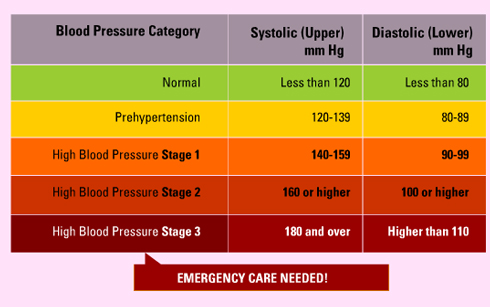Enzyme responsible for obesity-related high blood pressure identified
Obesity is a serious health problem affecting approximately one-third of the adult population in the United States. Obese individuals have an increased risk of diabetes and cardiovascular disease, including hypertension. A recent study led by a University of Missouri researcher has identified the enzyme responsible for obesity-related hypertension - a finding that could lead to new treatment options.
“Hypertension is a condition in which arterial blood vessels are exposed to persistently elevated blood pressure, making the heart work harder to pump blood to the body,” said William Durante, a professor of medical pharmacology and physiology at the MU School of Medicine and lead author of the study. “Hypertension can lead to severe health issues such as heart attacks, kidney failure, organ damage, and weakened or ruptured blood vessels. By comparing genetically obese rats to lean rats, we discovered that obese animals were deficient in the amino acid arginine due to elevated activity of the enzyme arginase, which breaks down this molecule.”
Although arginase is present throughout the body, it is primarily found in the liver. Its role is to assist in the breakdown of ammonia, which is eventually flushed out during urination. However, Durante’s team found significantly increased arginase activity within blood vessels and in the blood of obese rats compared to lean animals.
“The problem with this development is that arginase depletes arteries and blood of arginine, which is needed to generate nitric oxide,” Durante said. “Nitric oxide is a gas formed from arginine that relaxes blood vessels and lowers arterial blood pressure. The destruction of arginine by arginase reduces nitric oxide levels, leading to the constriction of blood vessels and high blood pressure.”
Using two methods to correct the arginine deficiency, Durante’s team first supplemented the diet of obese animals with the amino acid L-arginine. The second method involved using drugs that block the activity of arginase. Although both approaches restored nitric oxide production and reversed hypertension in obese rats, the use of arginase-inhibiting drugs may be a better solution.
“Blocking arginase activity offers a more specific approach in treating hypertension, because you are directly targeting the underlying biochemical defect in obesity,” Durante said. “L-arginine is a natural amino acid commonly found in red meat, poultry, fish and dairy products. It is also manufactured and used as a nutritional supplement or medication. However, a dietary approach using L-arginine may not be the best treatment option. Yes, arginine increases nitric oxide, but it also exerts other biological effects, and it can be converted by arginase to alternative compounds that counteract its benefits to the circulation.”
 In future studies, researchers plan to investigate what causes the increase in arginase activity in blood vessels and in the blood of obese animals. However, Durante feels that identifying the role of arginase in the development of obesity-related hypertension will ultimately benefit obese patients.
In future studies, researchers plan to investigate what causes the increase in arginase activity in blood vessels and in the blood of obese animals. However, Durante feels that identifying the role of arginase in the development of obesity-related hypertension will ultimately benefit obese patients.
“Obesity is a significant health issue not only in this country, but worldwide,” Durante said. “The key to reversing the effects of obesity-related hypertension will be to effectively block arginase activity. This new knowledge may help in the discovery of treatment options for obese patients with high blood pressure.”
###
The study, “Arginase Promotes Endothelial Dysfunction and Hypertension in Obese Rats,” was recently published in Obesity, the official journal of The Obesity Society. Funding for the study was provided by the National Institutes of Health and the American Heart Association.
###
Jeff Hoelscher
.(JavaScript must be enabled to view this email address)
573-884-1608
University of Missouri-Columbia